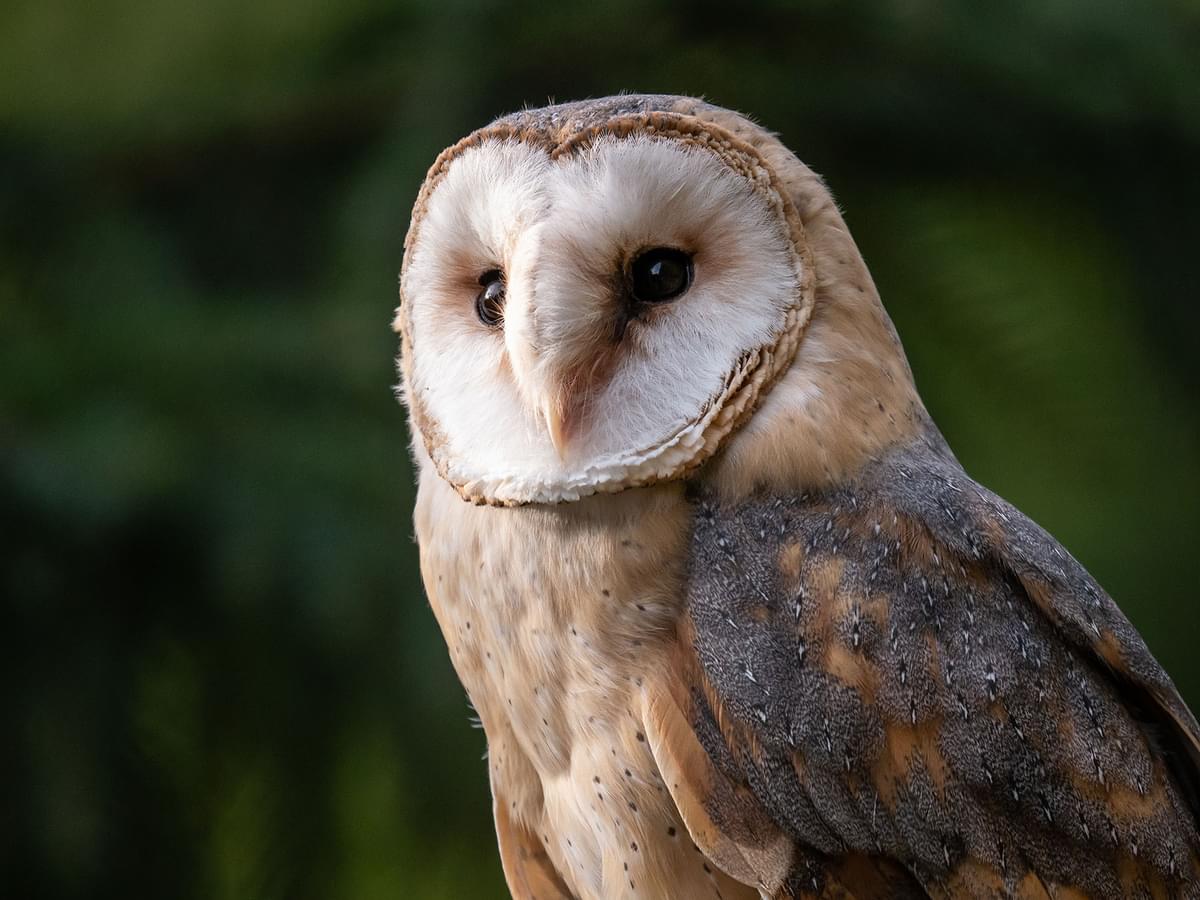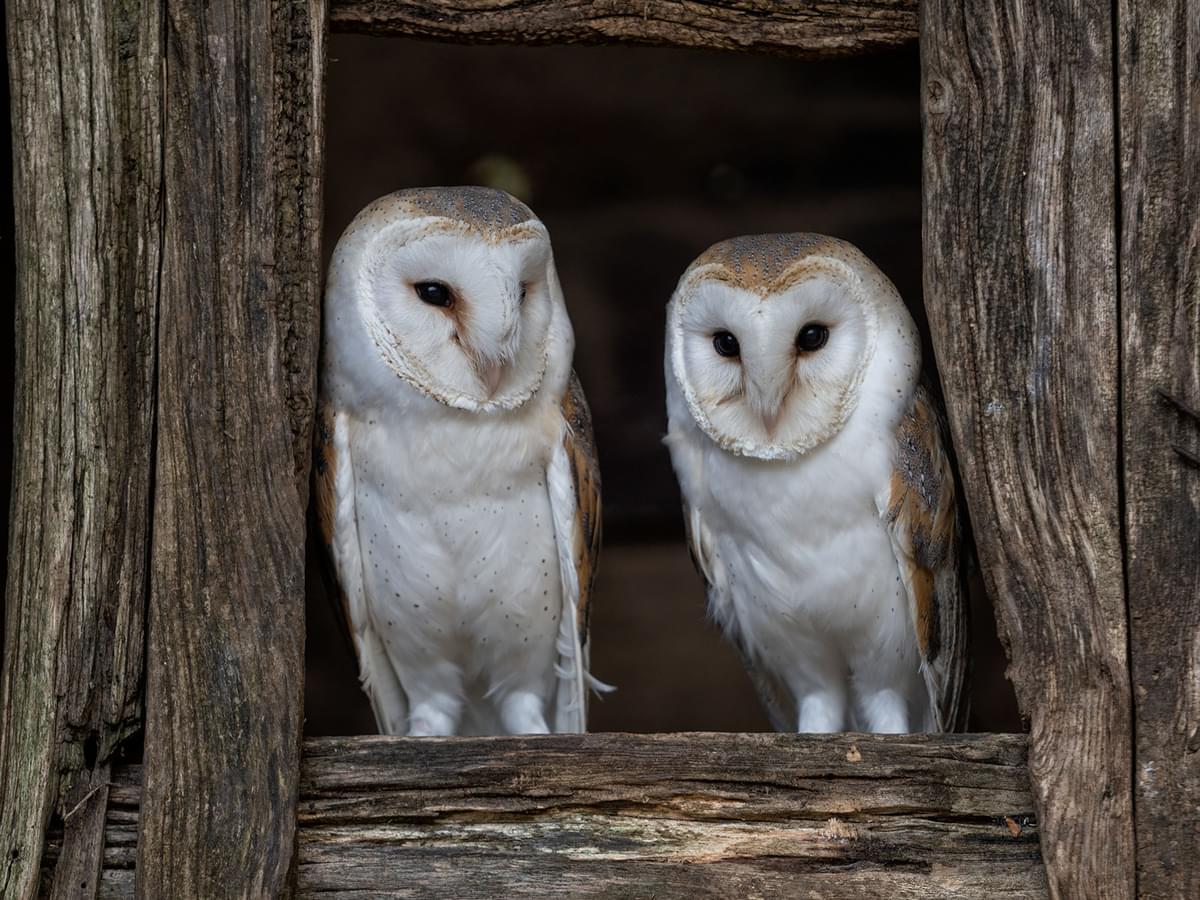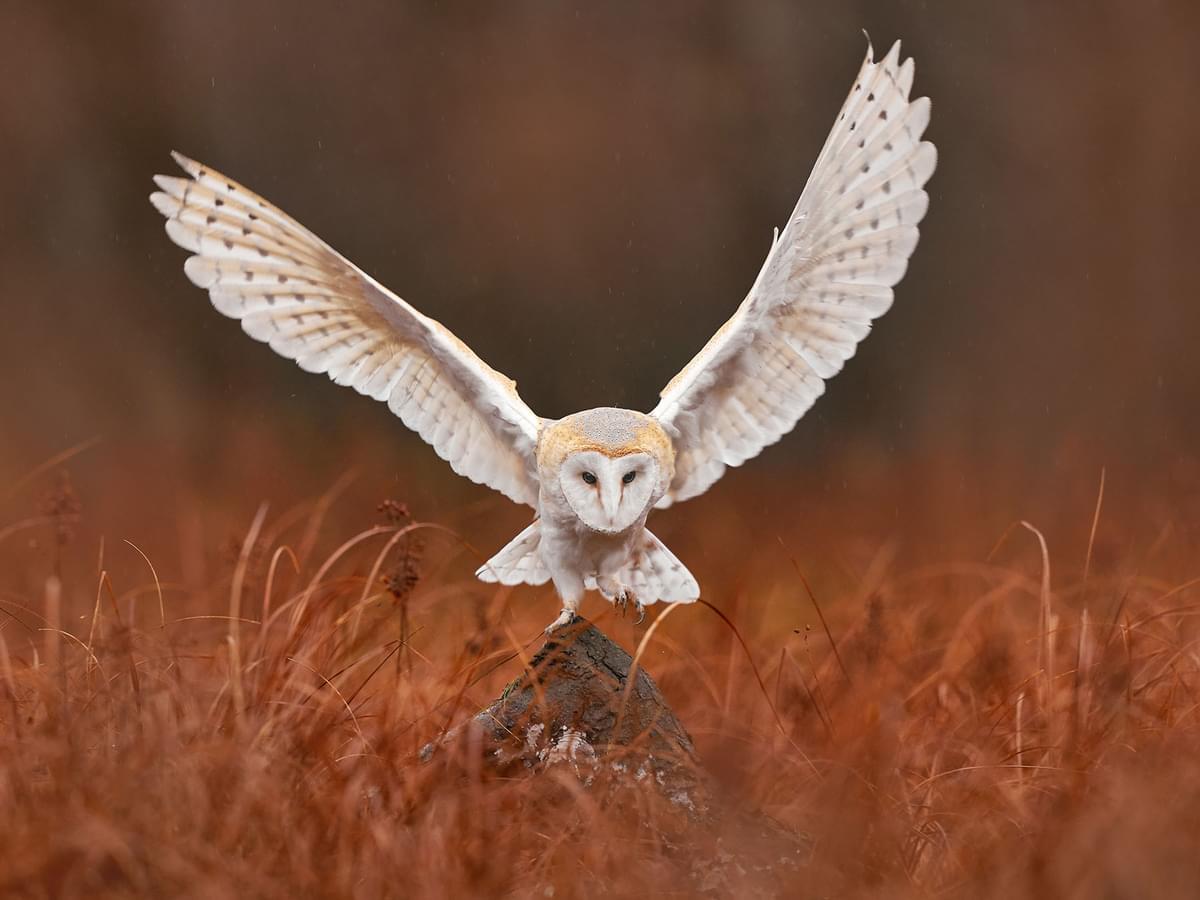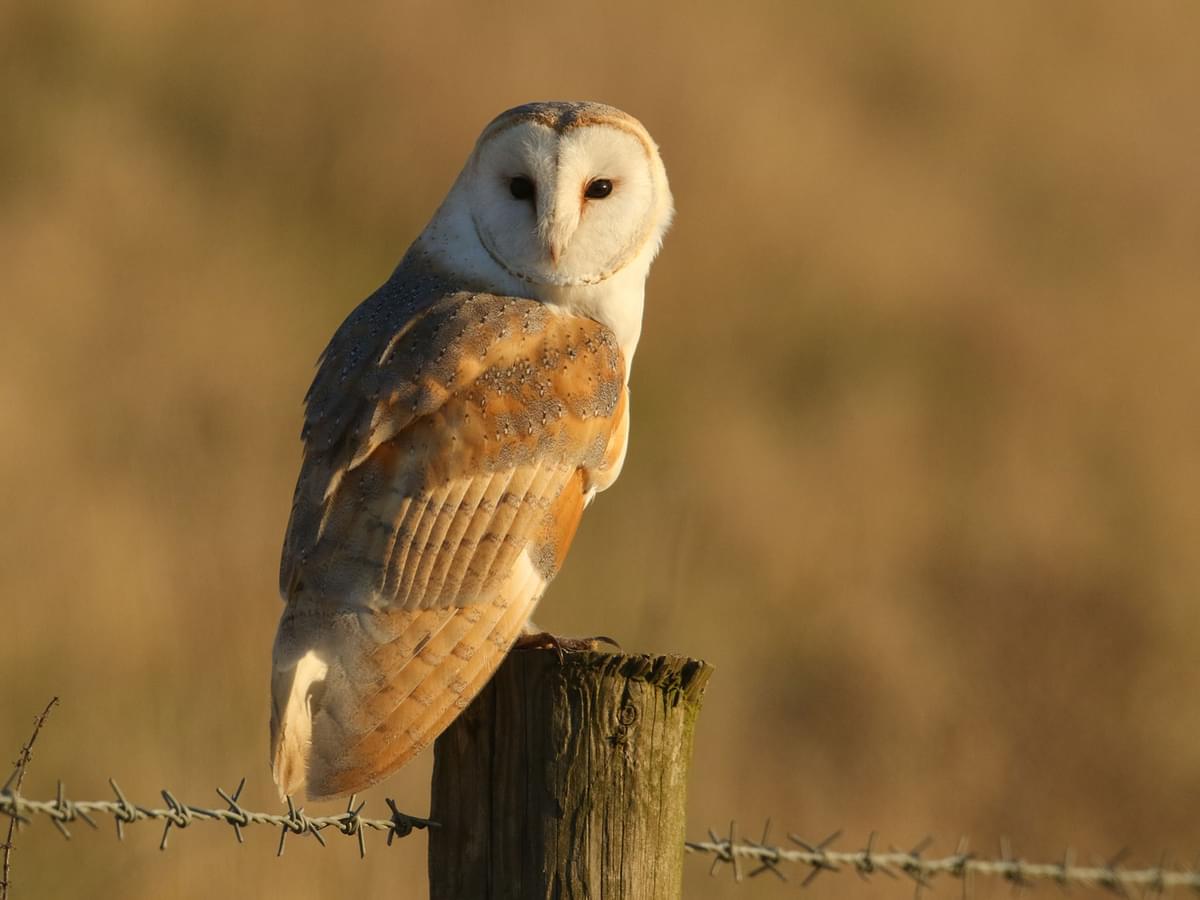Types of Owls in Alabama (Complete Guide)
Last updated: 19 November 2021
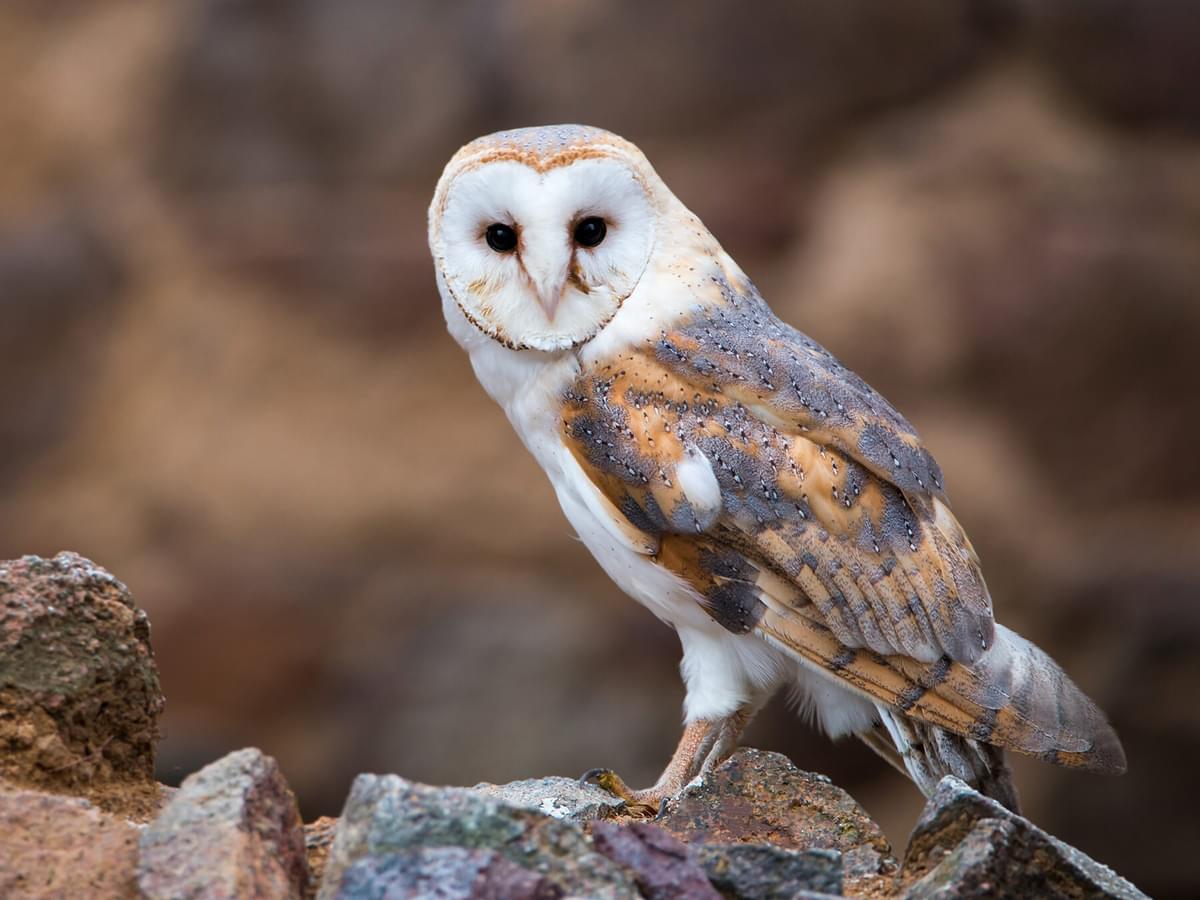
With over 100 tree varieties, Alabama is a diverse landscape for owls to call home, ranging from grasslands and wetlands to marine areas, all with rich plant coverage. Some owls live there permanently while others migrate south during the winter for a milder climate. This means you have many opportunities to spot owls day or night. With so many choices, this begs the question, what owls can be found in Alabama?
Seven owl species can be found in the state of Alabama. These include the Barn Owl, Barred Owl, Burrowing Owl, Eastern Screech Owl, Great Horned Owl, Northern Saw-Whet Owl, and Short Eared Owl. Each of these owls lives in different habitats, has differing migratory patterns, and feeds on a variety of prey during the day or at night.
To learn more about the seven species of owls in Alabama, keep reading!
Did you know?
The list of owls below has been compiled from historical sighting reports from various sources. Whilst some of the birds listed are uncommon and hard to spot, we've still included them as they are sometimes seen still in Alabama.
What species of Owls can be seen in Alabama?
Below are the seven species of owls that can be found in the state of Alabama.
Barn Owl
Tyto alba
Length:
29cm to 44cm
Wingspan:
80cm to 95cm
Weight:
187g to 700g
Seen :
All year
The Barn Owl is distinct from different species found in Alabama. They are the only representation of this family located in North America, with the remaining owls on this list being “true owls.” Barn Owls can be identified by their smallish eyes, serrated claws, and heart-shaped facial disk. They have bare toes, long legs, rounded and long wings, and short and square tails.
Their underwings and faces are conspicuous in flight due to their soft white features. The rest of their body ranges from yellowish-gold to cinnamon color, with females being a little darker than the males.
Barn Owls are nocturnal animals that feed on small mammals, including lemmings, voles, mice, rats, rabbits, bats, and shrews. This owl species does not produce a “hoot” sound but more of a screech, whistle, shriek, hiss, or scream, which is more typical amongst male owls. These owls are found year-round in Alabama.
Barred Owl
Strix varia
Length:
43cm to 50cm
Wingspan:
31.5cm to 35.5cm
Weight:
470g to 1.05kg
Seen :
All year
Recognizable by their white and mottled brown marks on the wings and tail, the Barred Owl features unsettling pitch-black eyes and pale bellies with dark streaks.
These owls are most comfortable in wet areas within a forest, such as uplands, wooded river bottoms, and swamps. They feed on invertebrates, fish, birds, mammals, reptiles, and amphibians. They sometimes even wade into shallow waters to catch fish or crawdads.
These owls are found in Alabama year-round and always stick to the same areas, so migration is not in their cards. If you are out and hear a call that sounds like, “who cooks for you, who cooks for you all,” then you have likely listened to the call of a Barred Owl. Unlike most other owl species, Barred Owls can be heard during the day.
Burrowing Owl
Athene cunicularia
Length:
19cm to 25cm
Wingspan:
51cm to 61cm
Weight:
170g
Seen :
Winter
Originally called “howdy birds” by cowboys because of their rhythmic head nodes, Burrowing Owls are a favorite among enthusiasts due to their unique behavior and appearance. They are most comfortable in open country habitats across North America.
Burrowing Owls are amongst some of the smallest species and do not differ in size between male and female, which is unusual. The feathers are pale brown with white spots, with adults being more spotted than juveniles. Their eyes are a sharp yellow, and their tales are square and short.
Burrowing owls feed on rodents, fish, large insects, reptiles, and small birds during the day or night, depending on the season.
Eastern Screech Owl
Megascops asio
Length:
16cm to 25cm
Wingspan:
48cm to 61cm
Weight:
170g to 190g
Seen :
All year
The Eastern Screech Owl has three versions - intermediate, rufous, or gray. In Alabama, the rufous version is the most common. This type is more reddish across the body with black-rimmed ear tufts and facial disks. Their shoulders are spotted white, and their stomachs have blotchy streaks. These birds are small with a length ranging from 6.3-9.8-inches.
Eastern Screech Owls can be observed year-round in Alabama, mostly in suburban environments. They nest in suburbs because there are fewer predators due to development. This bird mates for life but occasionally the male will mate with a second female, which could lay eggs in the first female's nest and incubate both.
Mostly, these owl species are heard before being seen. They have a whinnying soft voice, like a horse. The key to identifying the Eastern Screech Owl is to train your ears for their sweet voice since one of their defense mechanisms is camouflage. They feed on a variety of prey of all sizes including mammals, insects, reptiles, and other birds, sometimes being cannibalistic.
Great Horned Owl
Bubo virginianus
Length:
46cm to 63cm
Wingspan:
140cm
Weight:
910g to 2.5kg
Seen :
All year
The Great Horned Owl is a large bird with grey on the top and a barred belly. They have large ear tufts and a collar of white feathering. Experts typically describe their faces as having catlike features. The Eastern variation has cinnamon color tones throughout the facial disk and breast.
Great Horned Owls are among the most common in North America since they can live in various habitats, including backyards, cities, wetlands, tundra, deserts, rainforests, grasslands, and forests. In Alabama, this owl species can be found year-round. The Great Horned Owl’s call is a hoo hoo-HOO, which is a classic owl hoot.
Males and females sing their songs together, with females having a higher-pitched voice. Crows are one of the biggest prey of the Great Horned Owl, but they also feed on other birds like Osprey, frogs, and scorpions.
Northern Saw-Whet Owl
Aegolius acadicus
Length:
18cm to 21.5cm
Wingspan:
45cm to 60cm
Weight:
75g to 100g
Seen :
Winter
The Northern Saw-whet Owl spends its winters in southern states, like Alabama but are not common to see since they do not breed in the south. Their preferred habitat is in forests, where they can hunt for rodents and bugs entirely at night, thus making them more challenging to spot.
The Saw-Whet Owl got its name from its call, which sounds like a saw-blade on a whetstone. Unlike most other species, this bird does not eat its prey whole, instead of consuming mice in pieces over two meals.
Short-Eared Owl
Asio flammeus
Length:
34cm to 42cm
Wingspan:
90cm to 105cm
Weight:
260g to 350g
Seen :
Winter
The Short-Eared Owl likes open ground for hunting, including marshes and fields, but can be found around airports. Although this owl species breeds further north, they are often spotted in Alabama during the winter.
The Short-Eared Owl is most seen in daylight, where they hunt in the early mornings and at dusk. They often fly low before swooping down to catch rodents and sit on the ground waiting for prey.
